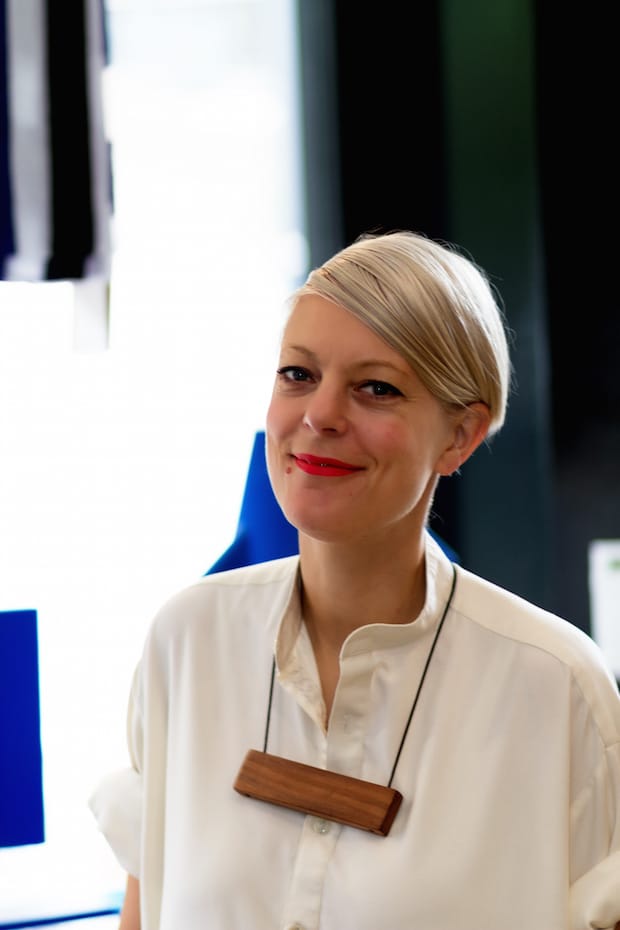London-based retail brand Darkroom has long inspired us with its punchy mix of African print, geometric shapes and Memphis-inspired playfulness. We caught up with co-founder and graphic designer Rhonda Drakeford to discover Darkroom’s next chapter.
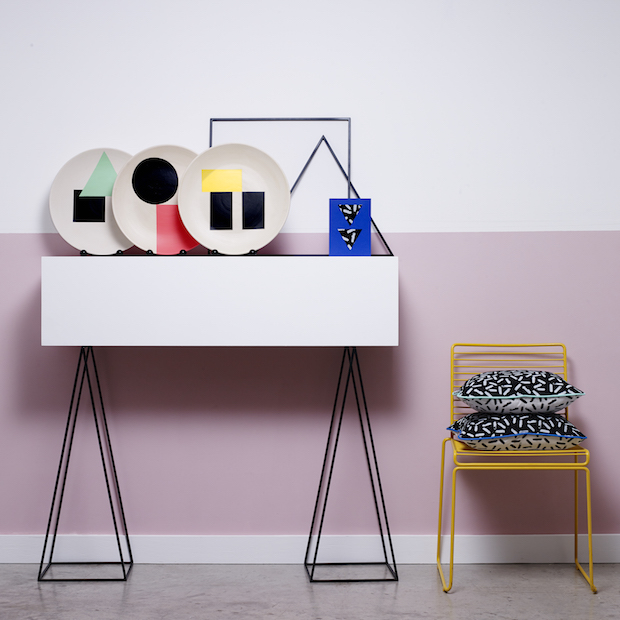
Grafik first got to know Rhonda Drakeford in the early 2000s, when she was one half of award-winning graphic design partnership Multistorey. At the time, the Central Saint Martins graduate spending was her spare time indulging her passion for interiors by developing textiles and soft furnishings. Since then, Rhonda has spread her creative wings and launched critically acclaimed concept store Darkroom with Lulu Roper-Caldbeck in London’s Lamb’s Conduit Street. The shop is admired not only for its trend-setting selection of homewares and accessories – much of which Rhonda designs – but also its striking, geometry-inspired interior. We caught up with this determined talent to discuss the path that lead her to pioneer one of the most exciting retail brands in London.
What was your background before you started Darkroom?
Rhonda Drakeford: I studied graphic design at Central Saint Martins, which was very ideas-based and you were taught to be self-sufficient. When you graduate from that kind of course you feel like you could translate those skills to anything. It's always been in the back of my mind that design isn't about graphics it's about solving problems. My first job was at Elle Decoration, then I started Multistorey with Harry [Woodrow] about a year after I graduated. We were always happy to take on spatial jobs as well as more traditional print jobs, and I started doing a few projects on the side, working on soft furnishings and textiles. That kindled the idea of doing something full-time which then became Darkroom.
You run Darkroom with your business partner Lulu Roper-Caldbeck, how did you meet?
RD: I was at collage with Lulu's brother and now husband, and we became very good friends over the years. We were working separately – me in graphics and Lulu in fashion – and I asked her to help me on a textiles project I was working on. We did a couple of collections and wholesaled them, then the idea grew to do something a bit more permanent. We didn't plan for it to be a full-time job but we soon realised that it needed to be, it was all-consuming beyond everything.
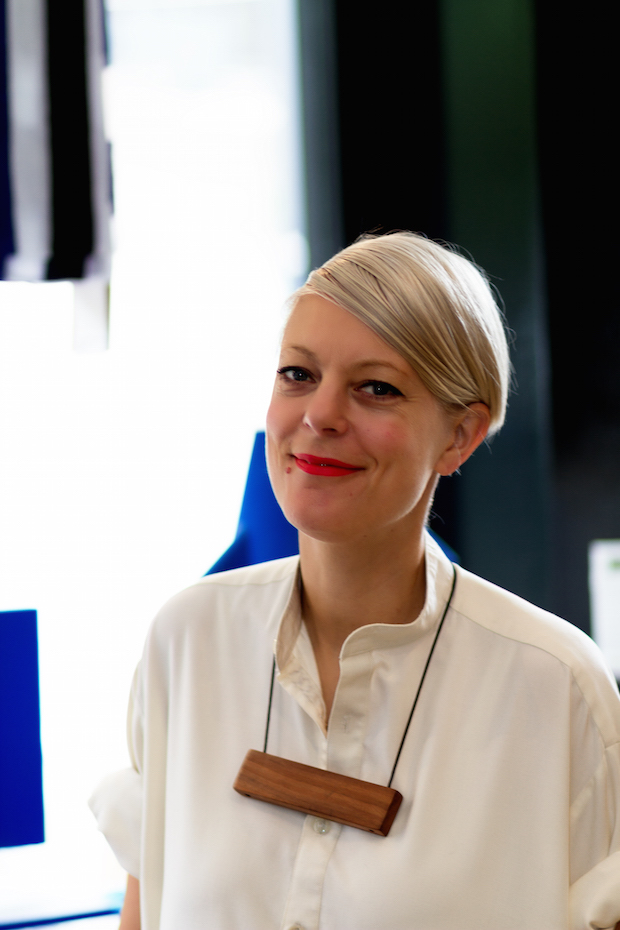
What’s your working relationship like?
RD: It's very much a partnership, we both bring different things to the table. Because I have the design background I tend to start things off and get them worked up. We make all the decisions together – nothing gets pushed ahead without both of us agreeing. Lulu's got a really good head for buying. I've struggled with the admin side of things but luckily Lulu is much better at that. Sales is very much a science; it's a whole different skill base that we've had to self-teach.
How did your passions feed into the design of the shop?
RD: What was exciting about Darkroom there was no client, we could do whatever we liked. But we knew as well that it had to be commercial: it’s a shop, not a gallery. We wanted a functional framework to make things look good, that had flexibility and longevity but that also had something personal to us as well. Probably one of the most radical decisions we made was introducing the black walls. They really contrast the industry norm. We're really into pattern and colour, shape and form and black walls are a really good way of presenting that. My graphics background has been a big influence on the products sold at Darkroom, plus a personal interest in African textiles, beadwork, art, and culture. There's a combination of quite bold, tribal, brave design mixed in with clean lines – more what you could call Western design.
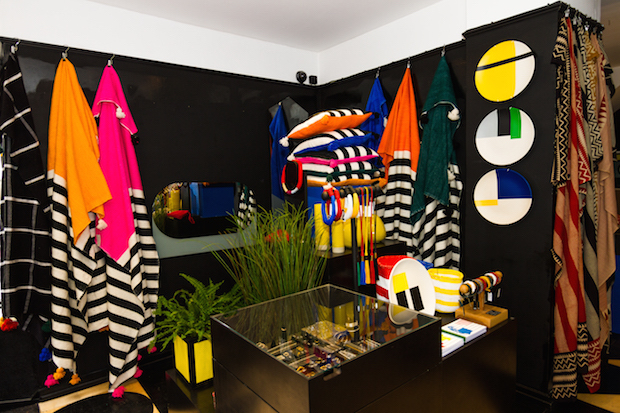
It's always been in the back of my mind that design isn't about graphics it's about solving problems.
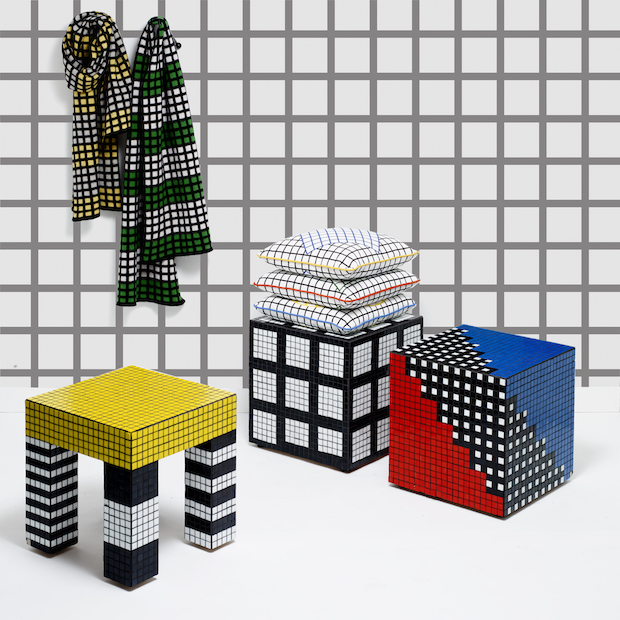
Tell us about the products you sell.
RD: Twenty to thirty per cent of what we sell is Darkroom-designed, but we made a decision right at the beginning that we wanted to sell other designers too. It grew quite quickly. We met people at trade shows, we traveled a bit, and anything we liked we'd keep. We started trying to curate and work out what the parameters were. We decided quite early on that it was going to be accessories only, so no garments and no furniture. Over the years that's been pushed a bit but we though it was a good way to have this kind of cohesion. We're lucky now that we're a bit more known we do get approached by designers a lot more. We also work with grassroots artisans: we go to Morocco a lot, and we work with weavers in Africa. It’s really inspiring working direct with the people that make our designs.
Collaborations are a big part of Darkroom’s ethos. Which have been the most exciting?
RD: One of the most notable was with Camille Walala – it just felt really right. She does a lot of pattern-based work and has a lot of similar influences to me, particularly a tribe in South Africa called the Ndebele. We got in touch with each other through mutual appreciation and since she’s worked on products for Darkroom and I’m just about to work on one of her projects painting a van. That cross-pollination is so exciting.
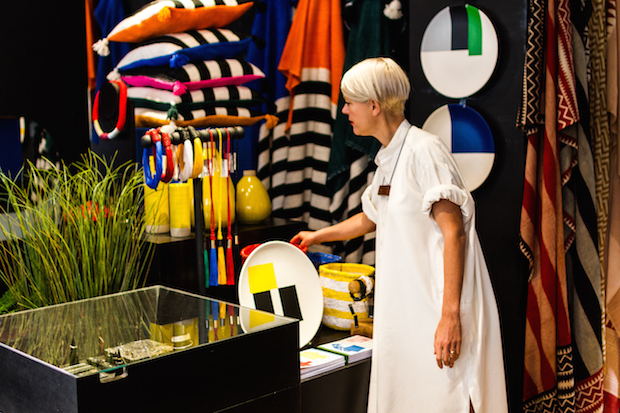
Do you think your design background has given you different approach to running a business?
RD: I used to design press packs for clients, so I know about how PR works. I've done a lot of things which are about how you communicate for other people so all that skill base has been very useful, so it means that we're able to do a lot of things like that in house, rather than employ external people, even down to photography. Sometimes I think because we're self-taught we must make loads of mistakes that we don't even know about. You do things your way, you think you're doing all right but you never really know.
How do you want to grow Darkroom?
RD: This year is really important for us because we're launching a big collection at London Design Festival in September which is going to be our first wholesale collection. It’s the classic Darkroom range plus our first ranges of jewellery and dinnerware. We’re also launching our interior design consultancy as well. There are all of these things we've been dying to do and now we're just fine tuning them all.
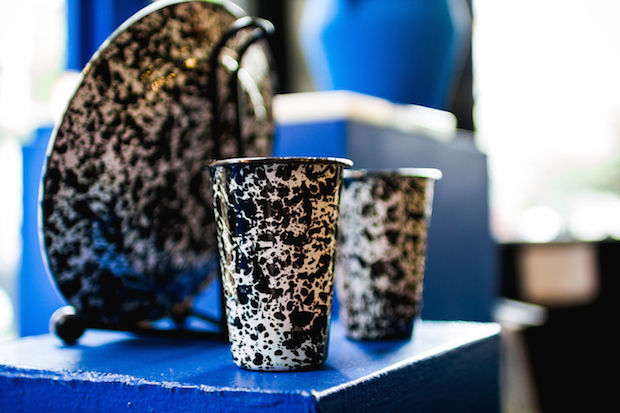
If you think you think you've got something to give and that you're filling a gap, it's really worth going for it.
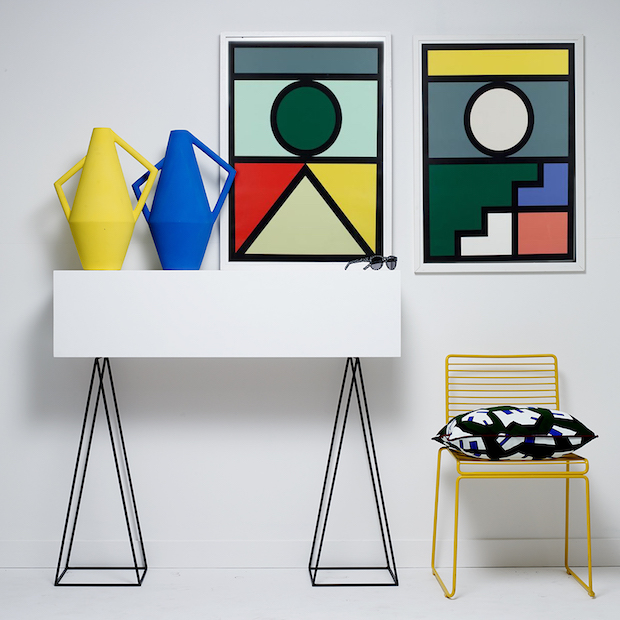
What has been you favourite moment in Darkroom's history?
RD: This year we opened our second store in Selfridges, which feels so grown up. They approached us and we've got a really good space in there. It's the thing where you tell your mum and you feel like you've made it. For us, it's kind of the same, but it feels more established. Half the time, you think I'm just working in a little shop down a side street, but it was a reminder that we’ve built up quite a lot of clout over the years. In many ways it’s been a revolution: Darkroom has spread its wings all over the world.
What advice would you give to some who wants to make their passion a full-time job?
RD: Be true to your original vision. It has really worked for us; we wanted to do things differently. There was a big niche out there in terms of what we wanted to offer. If you think you think you've got something to give and that you're filling a gap, it's really worth going for it.
darkroomlondon.com
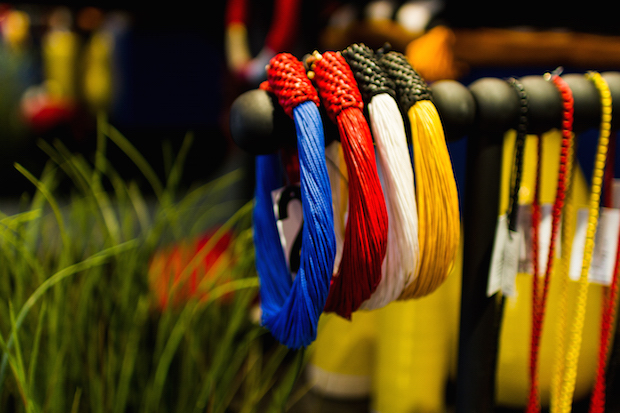
An abridged version of this feature originally appeared in The Nine to Five, a collaborative newspaper created by Microsoft Lumia and Grafik. To find out more about the project, click here.

